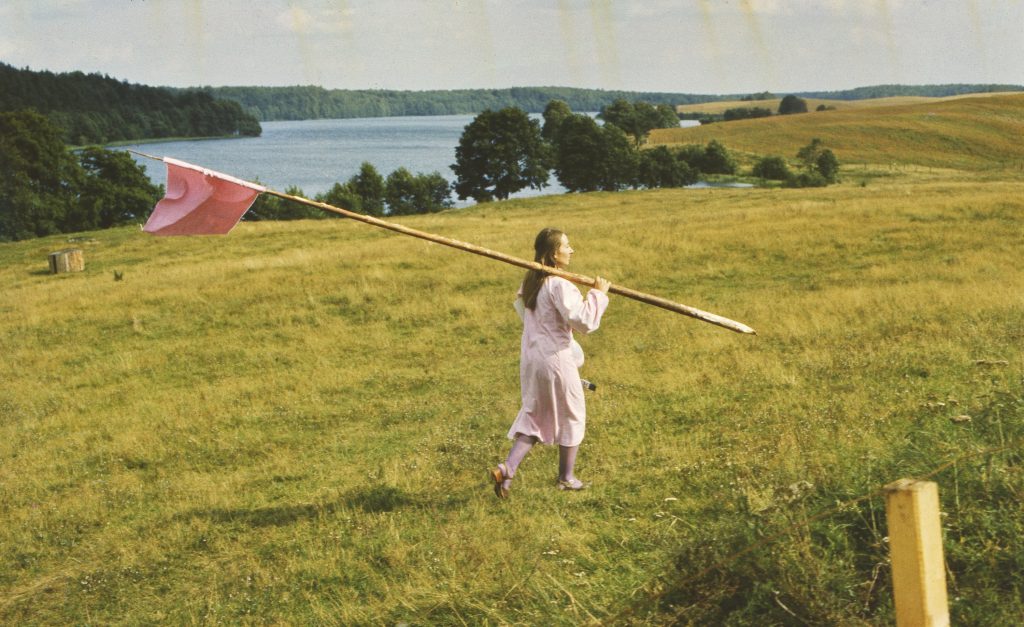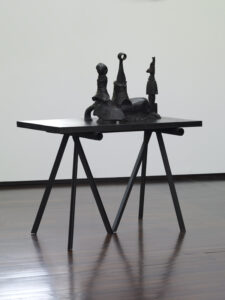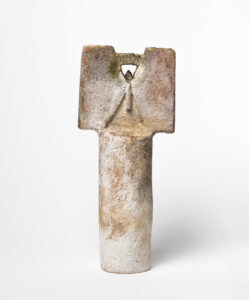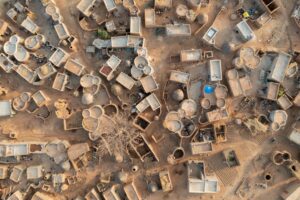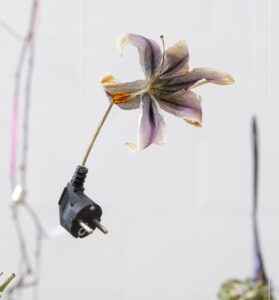Mumbay and the Himalayas
A travel diary
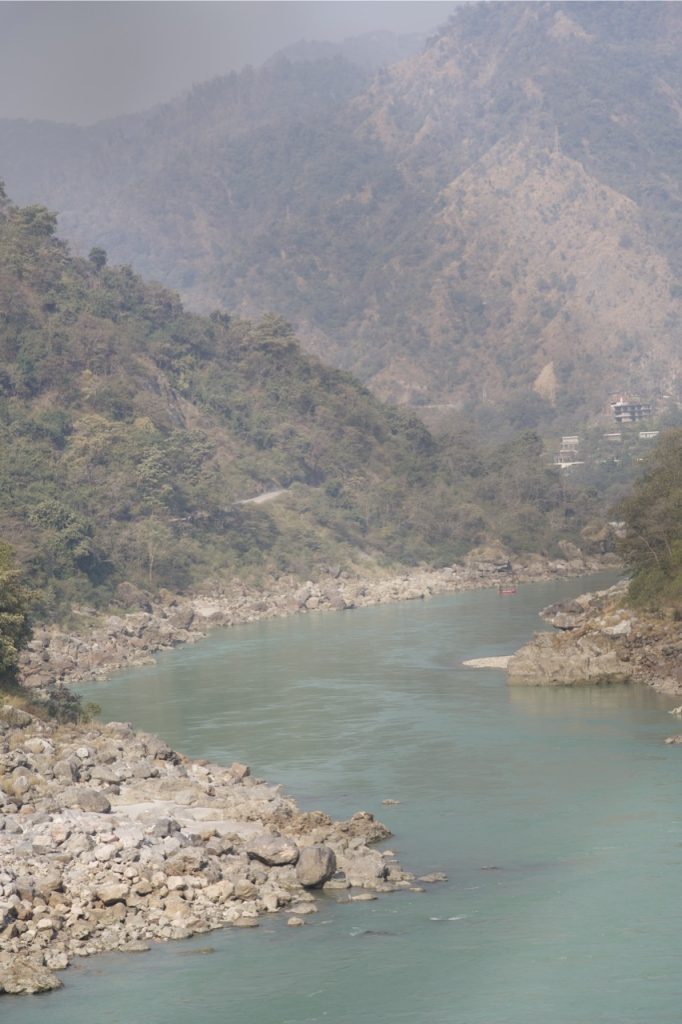
‘Bombay was central; had been so from the moment of its creation: the bastard child of a Portuguese-English wedding, and yet the most Indian of Indian cities. In Bombay all Indias met and merged.’
1. Mumbai
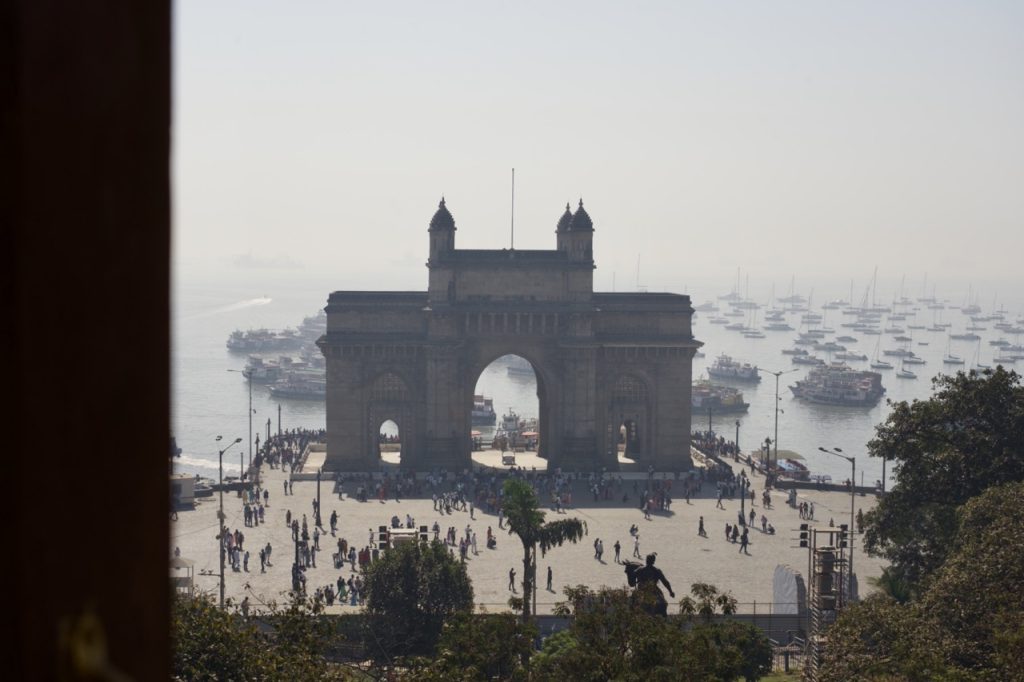
This hectic metropolis, the economic and cultural heart of India, is vast, insane and inescapable. Once a remote fishing village on a tropical headland in the Arabian Sea, the city is always buzzing. From all over the country, an endless stream of dreamers, entrepreneurial spirits, migrants, artists, honking cars and overloaded handcarts squeezes into the melting pot of India. Starved of space, trees clamber their way into buildings and people simply alter the shoreline to accommodate their need for bigger premises and more elbowroom.
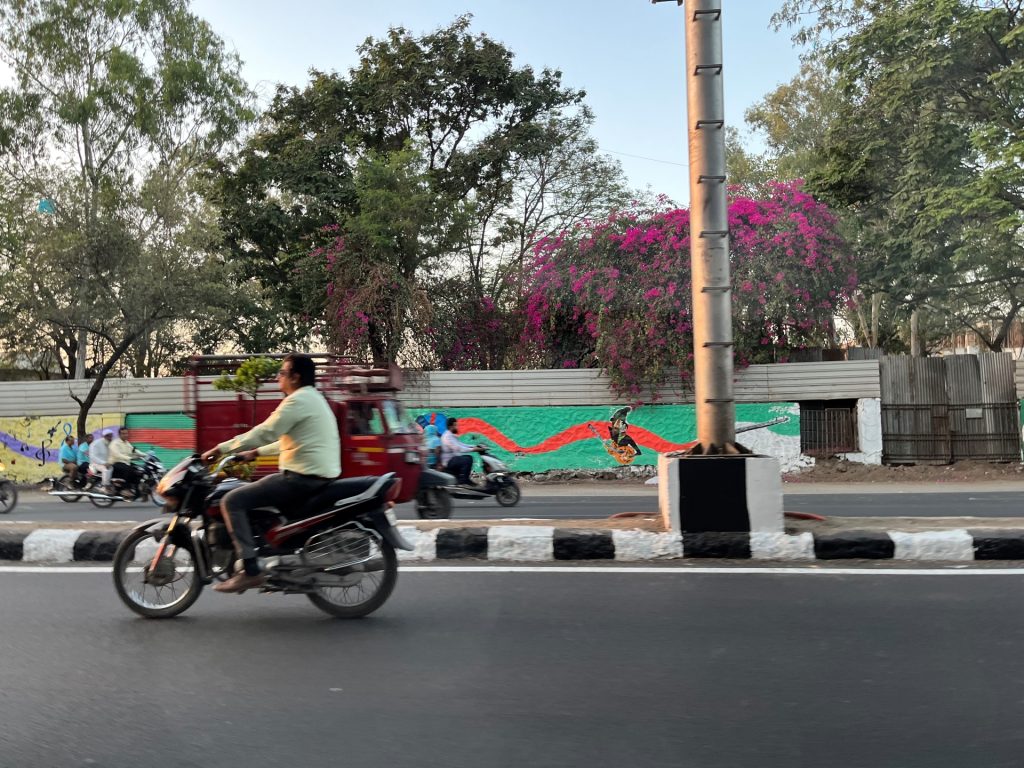
2. Adobe Bombay
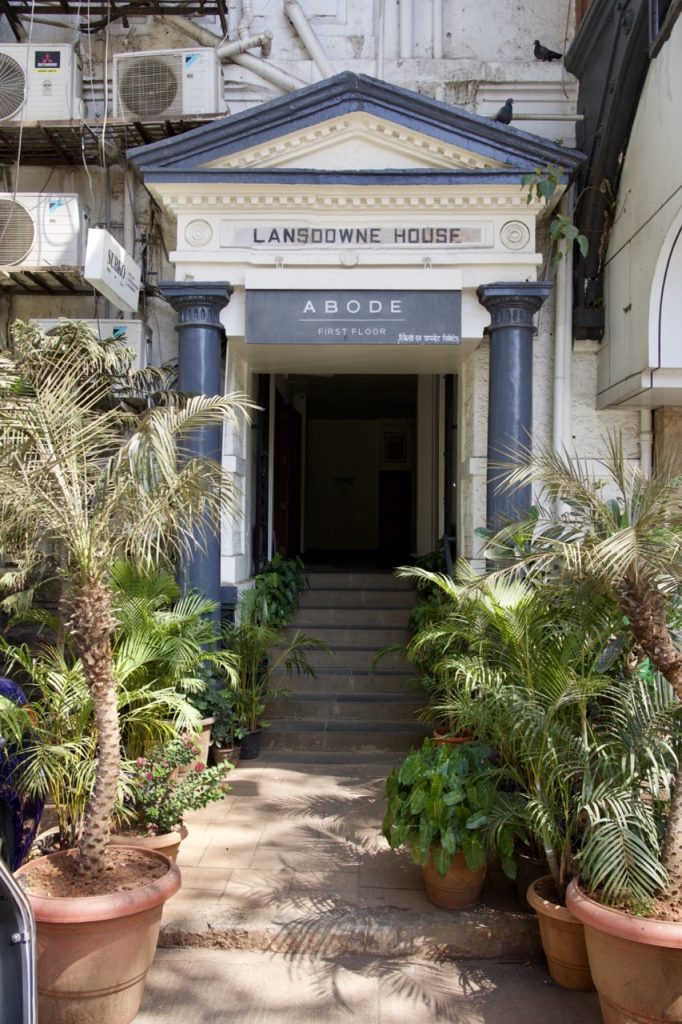
In the heart of historic Bombay, in the Colaba district, hidden from the rumour and chaos of the streets, you’ll find a lovely and intimate hotel called Abode Bombay. It is housed in a colonial building that has been beautifully restored and decorated. A small, dedicated team will be happy to advise you. ‘You name it; anything can be done, anything can be fixed.’ Ask them for the best street food, special tours, meditation or yoga, restaurants, and cooking
classes
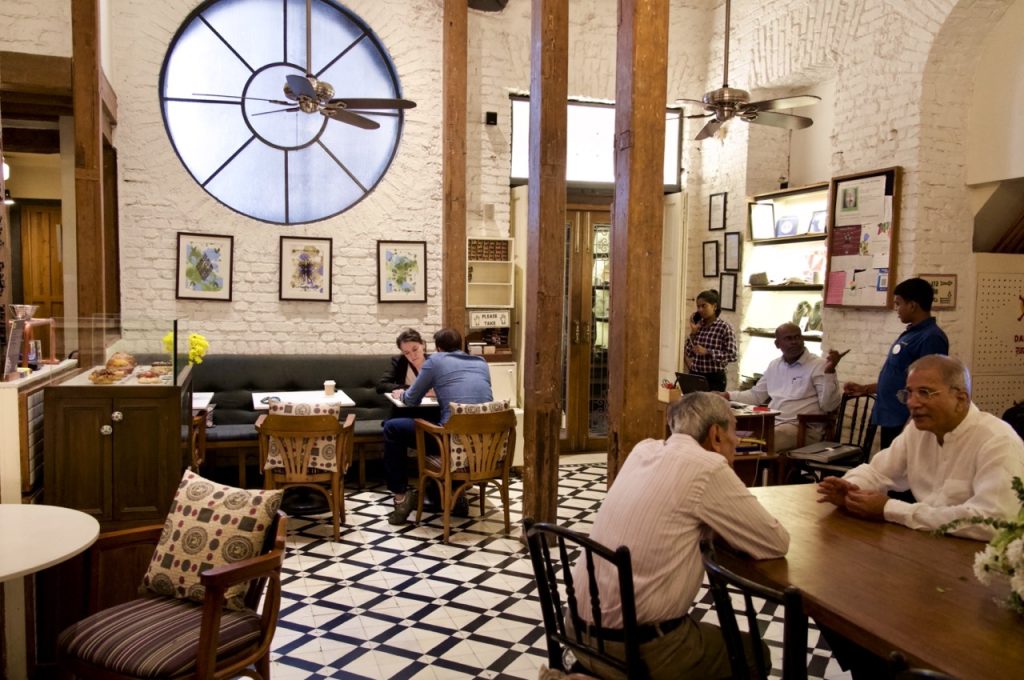
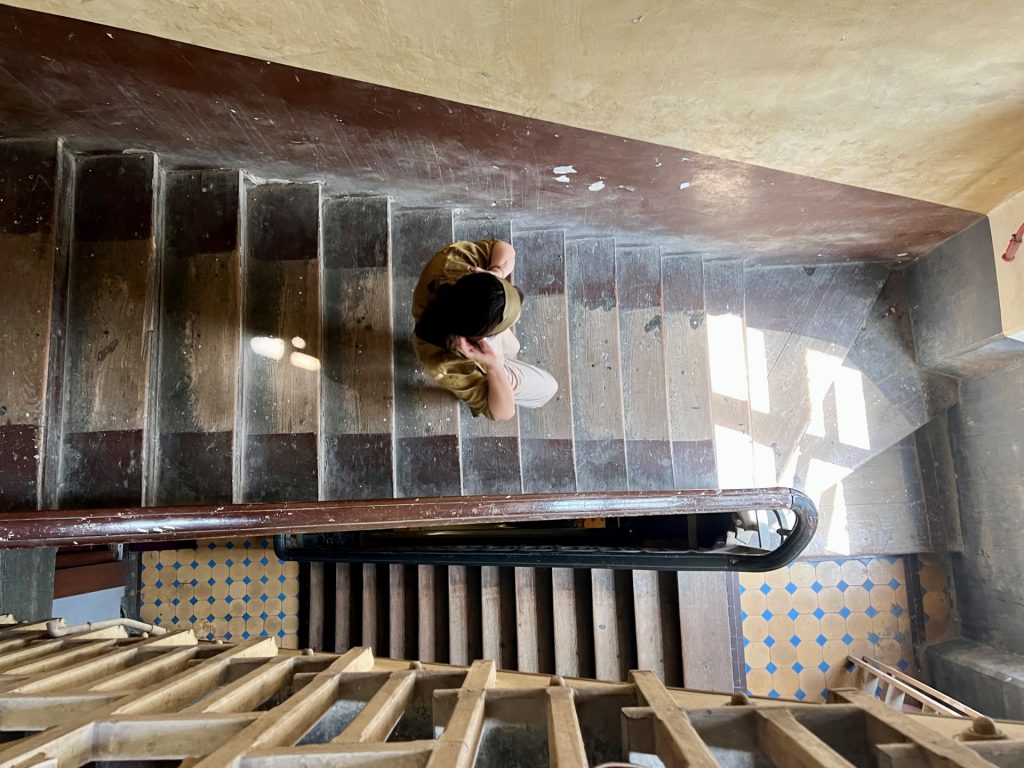
3. Royal Bombay Yacht Club
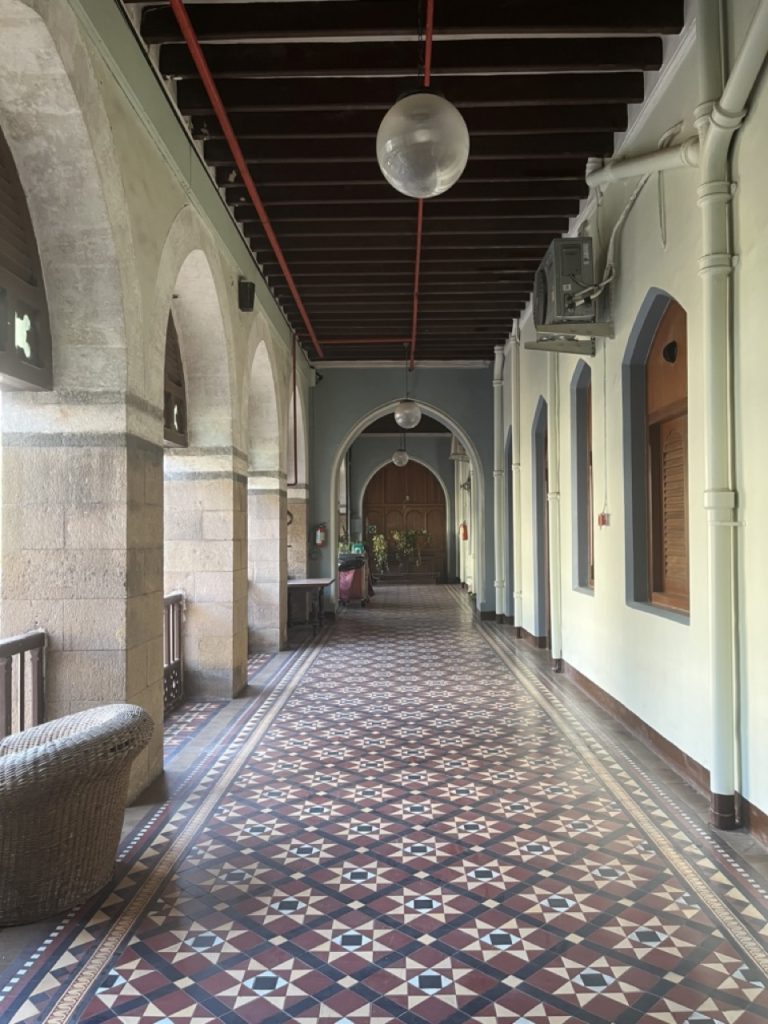
Men in shorts and scuffed shoes carry your luggage down the long, tiled corridors of this seafront clubhouse, built in 1881. Time has stood still here and yet it has not: everything exudes the atmosphere of the colonial past yet displays the scars of time. The royal club is for elected members and they alone have the privilege of spending the night there, but anyone can learn how to sail at this unique location.
4. Jhaveri Contemporary
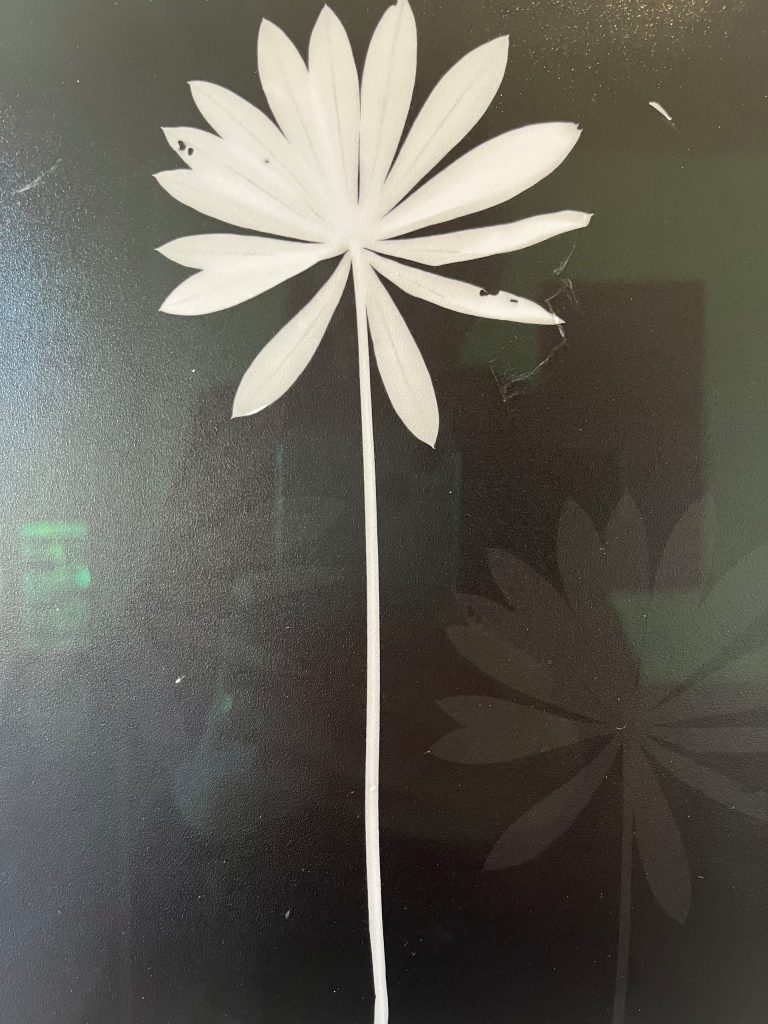
This gallery, housed in a heritage building overlooking the iconic Gateway of India, was founded by sisters Amrita and Priya. The incredible light in the gallery space illuminates the work of the artists they represent, works that are informed by South Asian connections and traditions. Earlier this year, one of their carefully crafted shows featured the work of Simryn Gill. Her series of botanical works lifted flowers, leaves, and stems out of their environments and turned them into abstract impressions.
5. Ellora Caves and Ajanta
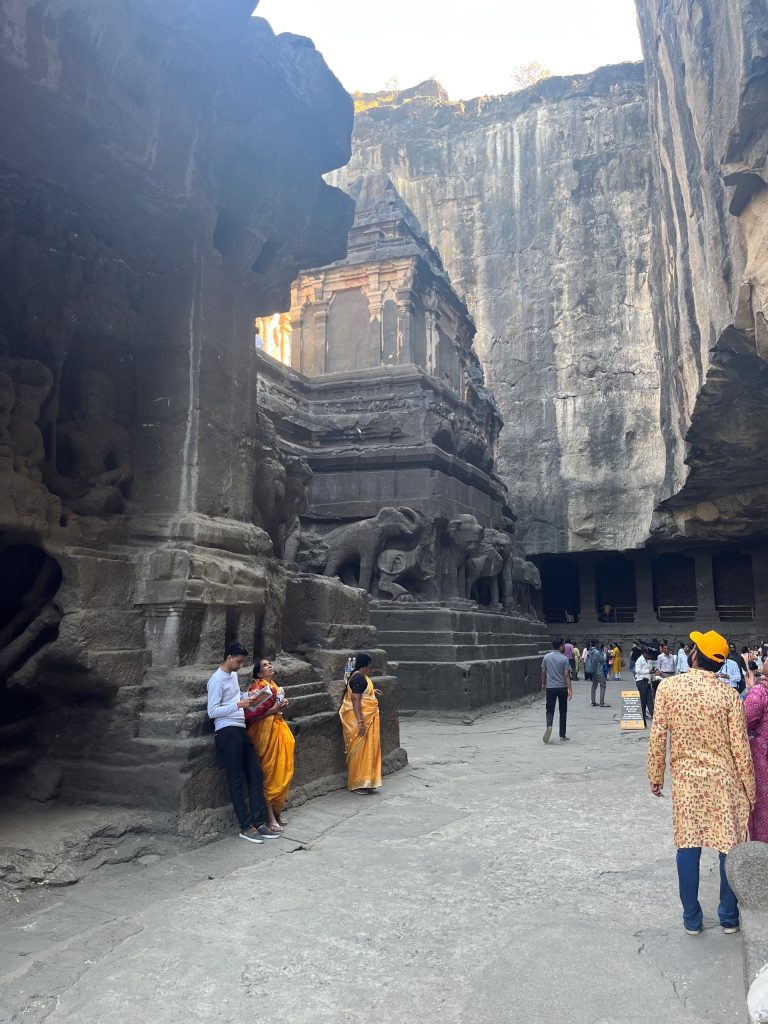
5. Ellora Caves and Ajanta
In this incredible cave complex, 34 monasteries and temples have been carved out of the basalt cliffs of Maharashtra. It is the only cave complex where temples of all the major religions of ancient India – Buddhism, Hinduism and Jainism – are found side by side. Their coexistence illustrates the tolerance that was characteristic of India at the time when the shrines were built, from 600 BC onwards. They feature intricate sculptures, ornate facades and awe-inspiring monolithic structures. What makes Ellora even more astonishing is the sheer scale of the structures. The monolithic Kailasa Temple, for instance, is the largest single-rock excavation in the world, showcasing the engineering marvels achieved by ancient artisans. Another highlight is the temple of Vishvakarma, where you’ll encounter the colossal sculpture of a seated Buddha. To visit the caves during the monsoon is an unforgettable experience: every stream is filled with rainwater and the surrounding nature is in full bloom.
‘The cave you fear to enter holds the treasure you seek’
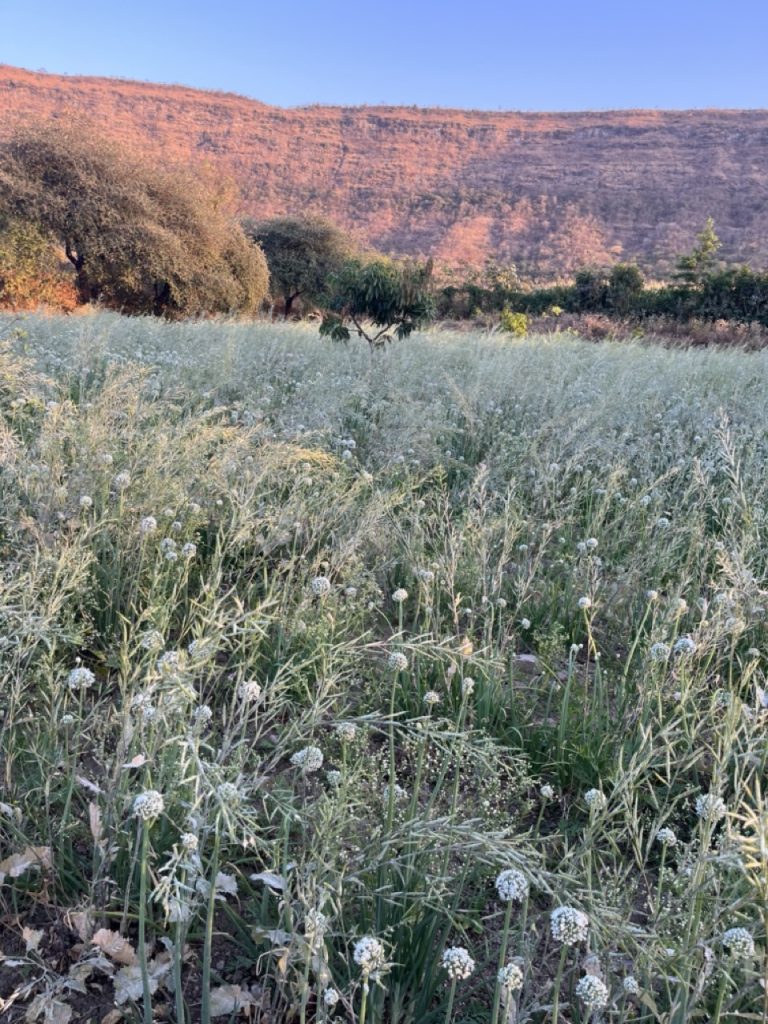
6. Dhyaana Farms
Located not far from the caves, surrounded by the lush greenery of the countryside, Dhyaana Farms is like a dream: an off-grid,‘barefoot luxury farm stay’ that is entirely powered by the sun. ‘From growing our own food to generating our own energy, sustainability is the ethos of all our endeavours.’ The different living spaces on the farm are built entirely by native craftsmen, using locally sourced natural materials. As if the spectacular surroundings of the farms are not enough, during your stay you can also explore the area through guided hiking trips or take part in activities like yoga, pottery classes, horse riding, or picnic excursions.
‘It is here, where fields become fabric’
7. Ganga Maki
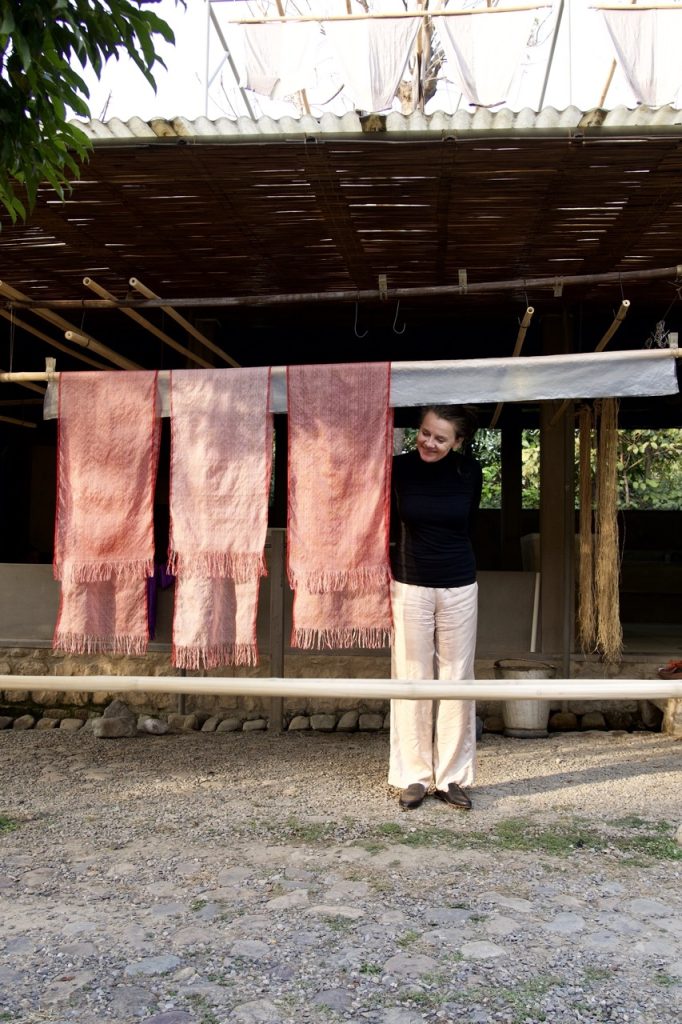
7. Ganga Maki
Nestled in the foothills of the Himalayas lies Ganga Maki: the product of a fertile, sensitive human collaboration between Japanese textile artist Chiaki Maki and Studio Mumbai. Ganga Maki emerges from the earth ‘The same way I build my textiles’, Maki says. The project embodies a progressive shift in the traditional textiles industry, which has been in decline over recent years, squeezed out by fast, large-scale industrialised practices. The many airy, open spaces of the studios accommodate large handlooms and spinning wheels, where the craftspeople spin, weave and sew the fibres by hand into delicate handmade pieces. The natural dyes infused into the fabrics are created from locally sourced indigo, marigold, harshringar, tesu, and chestnut, grown and prepared on-site. ‘The intention of the work is to accompany the cyclical relationship between work and life, sun and moon, joining past, present and future’, says Bijoy Jain.
8. Himalayas
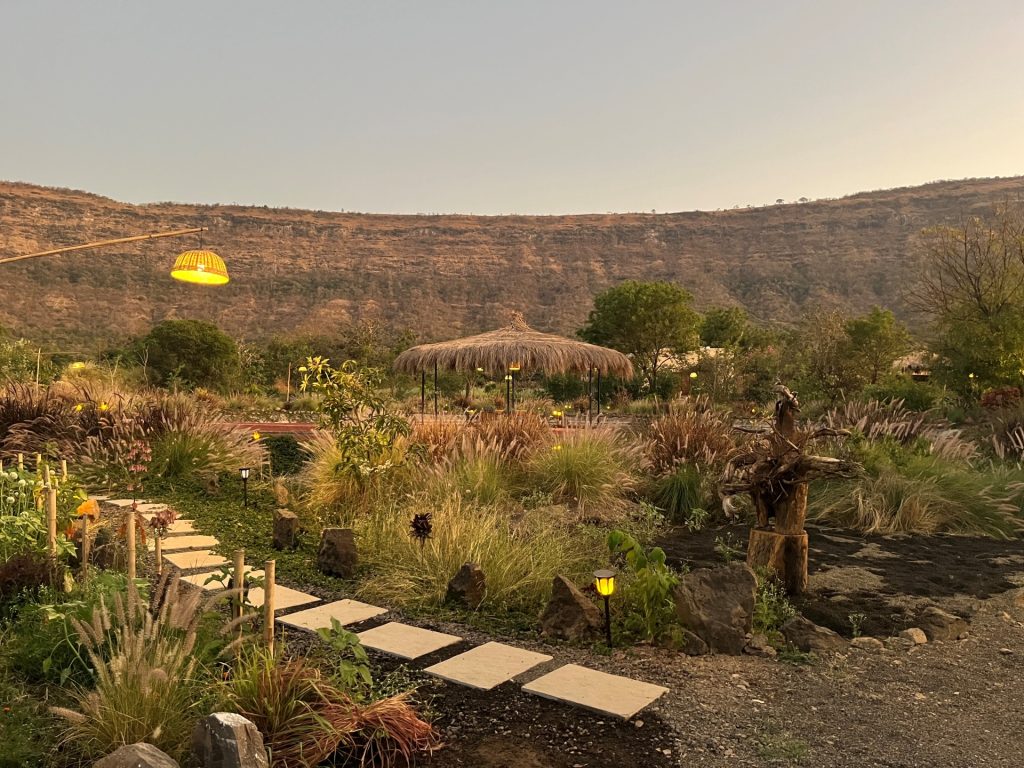
Where the mountain peaks pierce the clouds and there is too little oxygen to survive, you can find fossils of creatures that once lived in the ocean depths. The Himalayas – the world’s largest, highest, most magical mountain range and the source of the sacred river Ganges – have attracted mystics, pilgrims and artists for thousands of years. Himalaya means ‘abode in the snow’ and the region is home to many wild animals, as well as the condor and the yeti. Unfortunately, the abundant snow and eternal glaciers are disappearing; millions of people in the surrounding countries who depend on their meltwater face uncertain times.
9. Amaya Resort
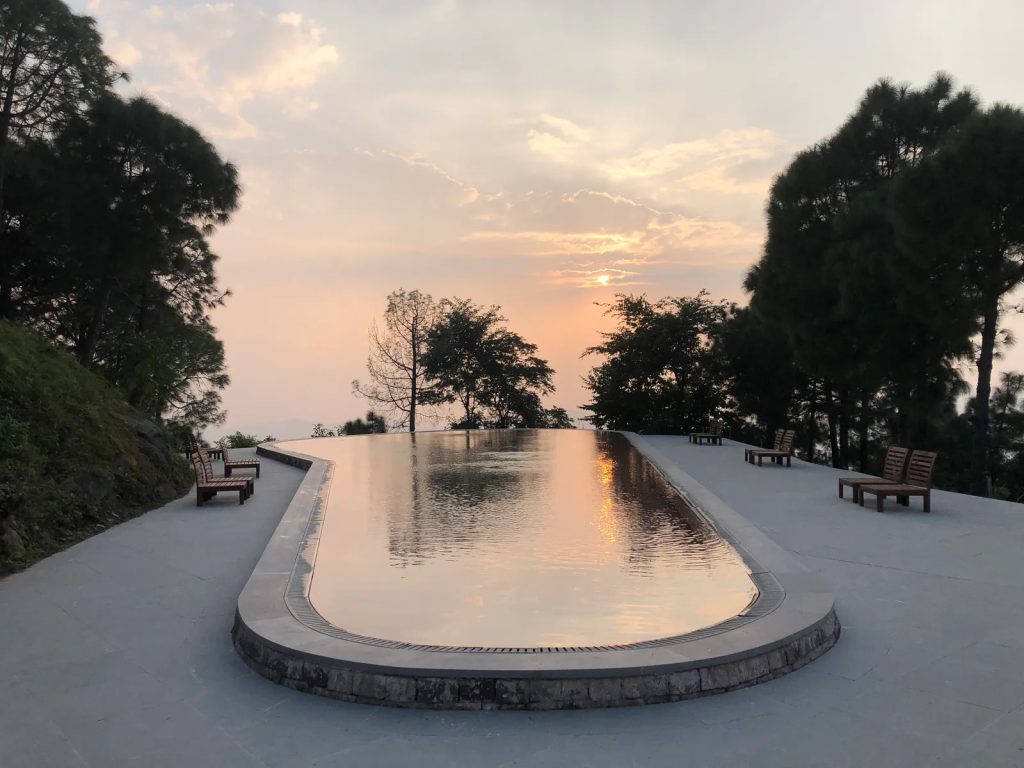
9. Amaya Resort
At almost 5,000 metres above sea level, in Himachal Pradesh, lies the Amaya resort, designed by Bijoy Jain. It is an enchanting sanctuary, surrounded by the overwhelming mountains and untamed nature. At the resort, you’ll find simple suites and villas with roofs of copper. Each has been built by hand and without the use of mortar, to create long-lasting structures that can survive earthquakes and natural wear and tear. The restaurant provides another intensely sensory experience; top chefs work with handpicked ingredients from the mountains and the kitchen garden.
